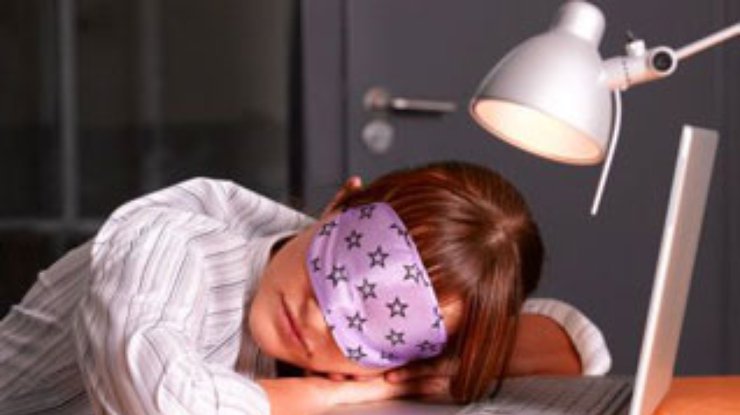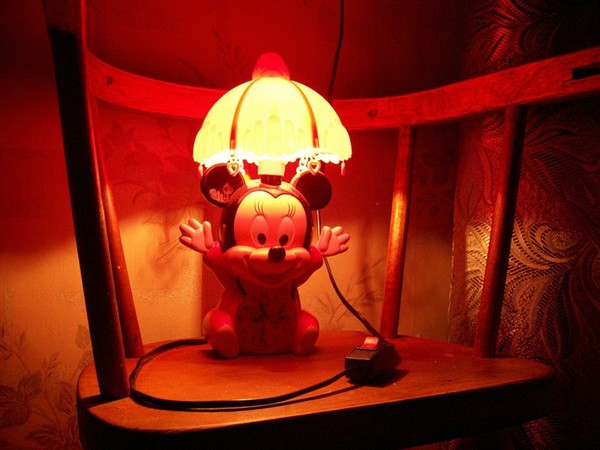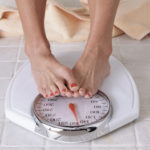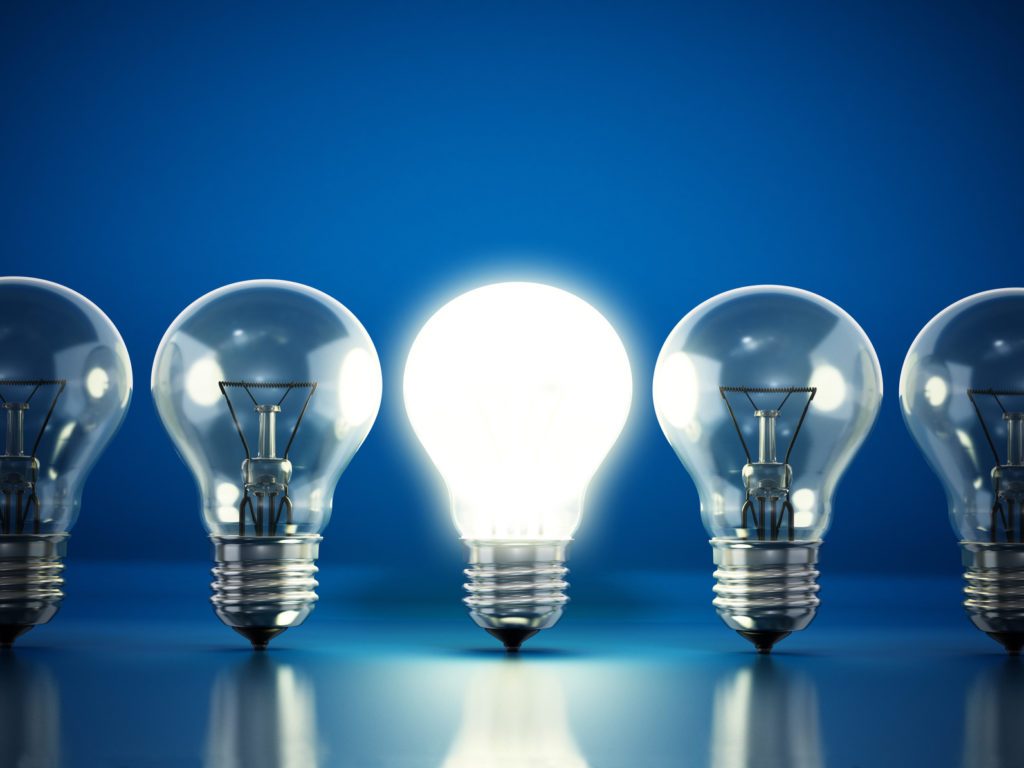How lighting affects sleep
It’s strange, but scientists cannot accurately answer a question that is known to every person and even children, namely: what is the mechanism for a person to fall asleep? But the influence of lighting on this is known in some detail.

The content of the article
How light affects sleep
The human body can correctly create the hormone melanin, which is responsible for rest, only in the dark, since any lighting confuses the “maps” of natural processes for the body. Moreover, the intensity of its production depends not only on what the lighting is during sleep, but also before the start of this obligatory process of human life.
Important! Even a little light at night also has a negative effect on eliminating excess cortisol from the body - the “anxiety hormone”.
Therefore, it is very advisable to fall asleep in complete darkness, then a night's rest will give a fully restored performance, resistance to stress, and so on, but in the modern world one can only dream about this (the reflections of city lighting and working gadgets, night lights and similar sources, even minimal light, are always take place).
That, like light during sleep affects a person (sleep becomes more shallow and less productive), depends on length his waves and, accordingly, its color, which is perceived by the human eye.
Attention! Data from experiments constantly conducted by scientists show that even very weak artificial light (backlit watches or other gadgets), especially with a wavelength of 430-470 nanometers, perceived by humans as blue light, has a negative effect on sleep.
Green light (500-540 nm) moves the “hands” of the internal biological clock to 1.5 hours, while blue light – to 3. A person perceives a calm green color better, while red (620-700 nm) has the least effect on sleep, although it is more difficult to distinguish colors with it, but a person, if the presence of light at night is simply necessary, should fall asleep with a red color rather than look at objects .

What to do if you can’t do without light at night
Both during the day and in the evening, the lighting in the bedroom should not be “cold” and diffuse.
To better prepare for bed, there should be little light, moderate brightness and warm pastel colors.
To fall asleep better, you need to do everything calmly and measuredly, and even better - wear glasses with amber-colored lenses (wavelength about 600 nm), and for orientation at night it is best to use dim light from night lamps with dark orange or red lampshades. If light in the bedroom is vital, then it is most practical and healthy to sleep in an appropriate mask that is “tailored” to you personally.

Useful tips
Gadgets should be kept outside the bedroom or covered with something.
Particular attention should be paid to the children's bedroom, which should be immersed in water at night. absolute darkness. If your child is afraid to fall asleep in the dark, leave a red nightlight with a dim light on while he falls asleep and turn it off as soon as the baby falls asleep.
But in the morning, in order to wake up faster, scientists advise turning on bright bluish lighting.





